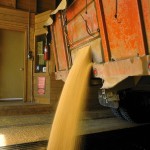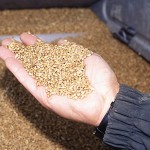CNS Canada — Grain companies in Western Canada are bracing for another high-volume year, as questions about the system’s ability to handle that amount continue to plague the industry. Wade Sobkowich, executive director of the Western Grain Elevator Association, said despite the heat stress that has hit many crops this year, grain companies expect this

















